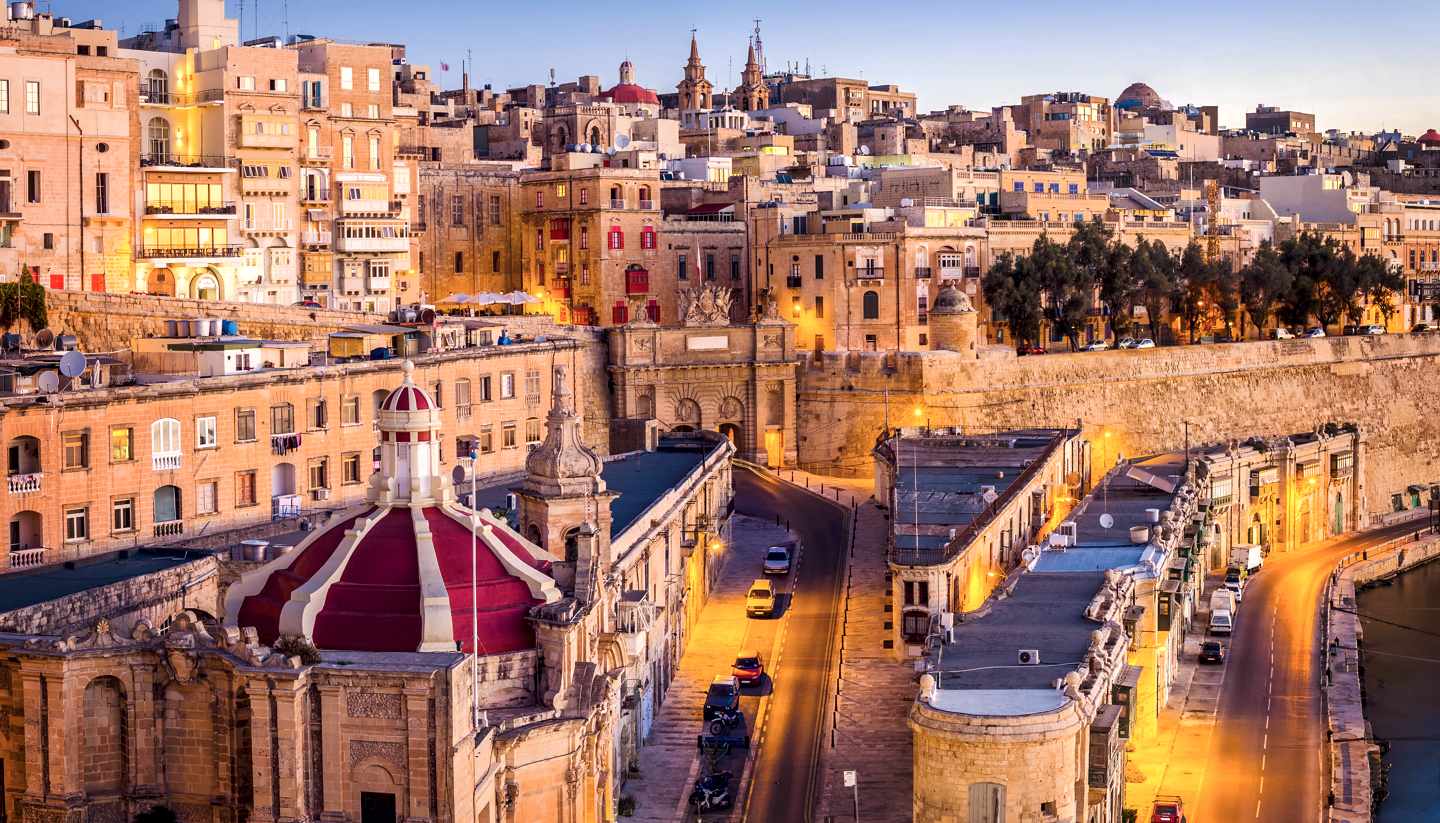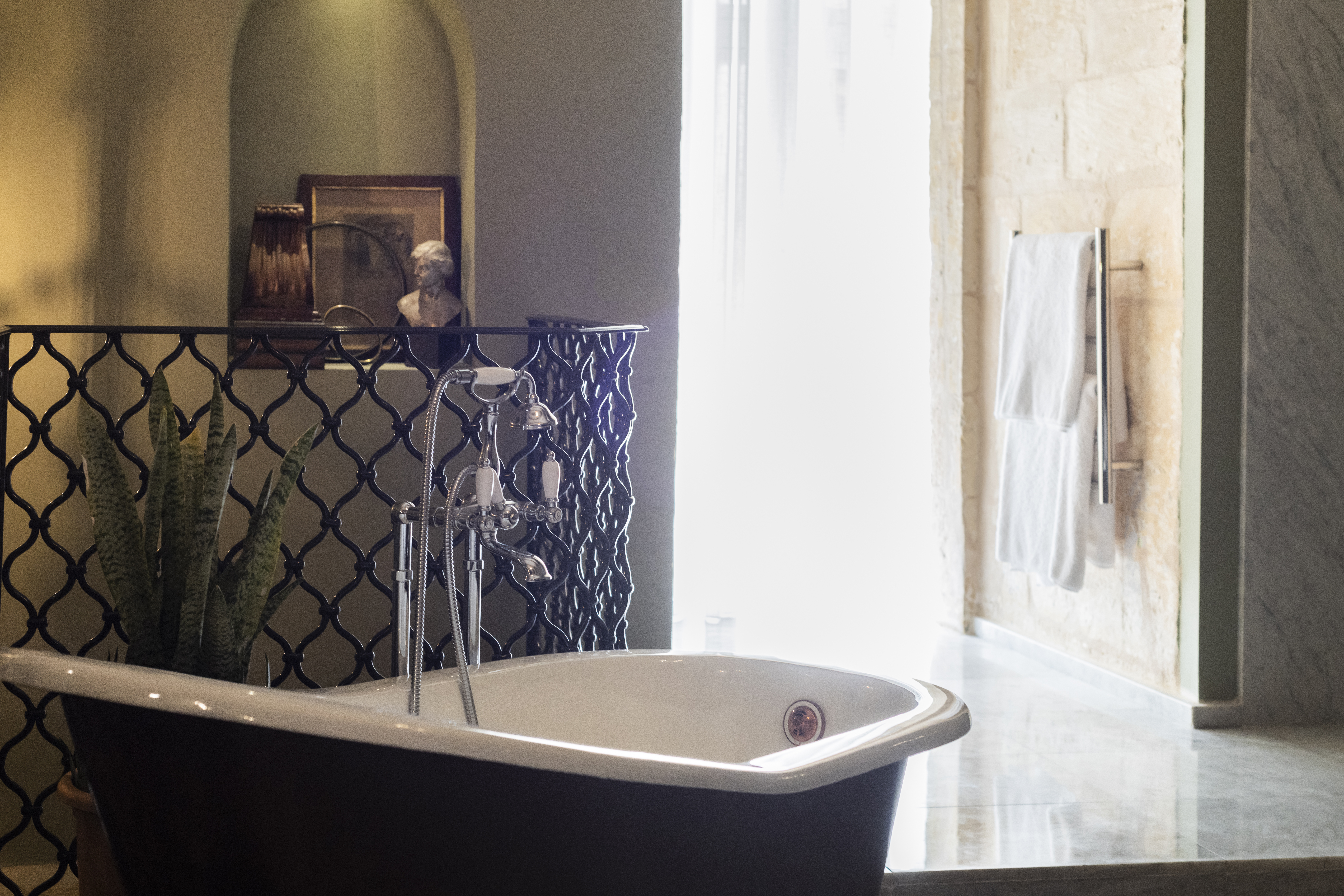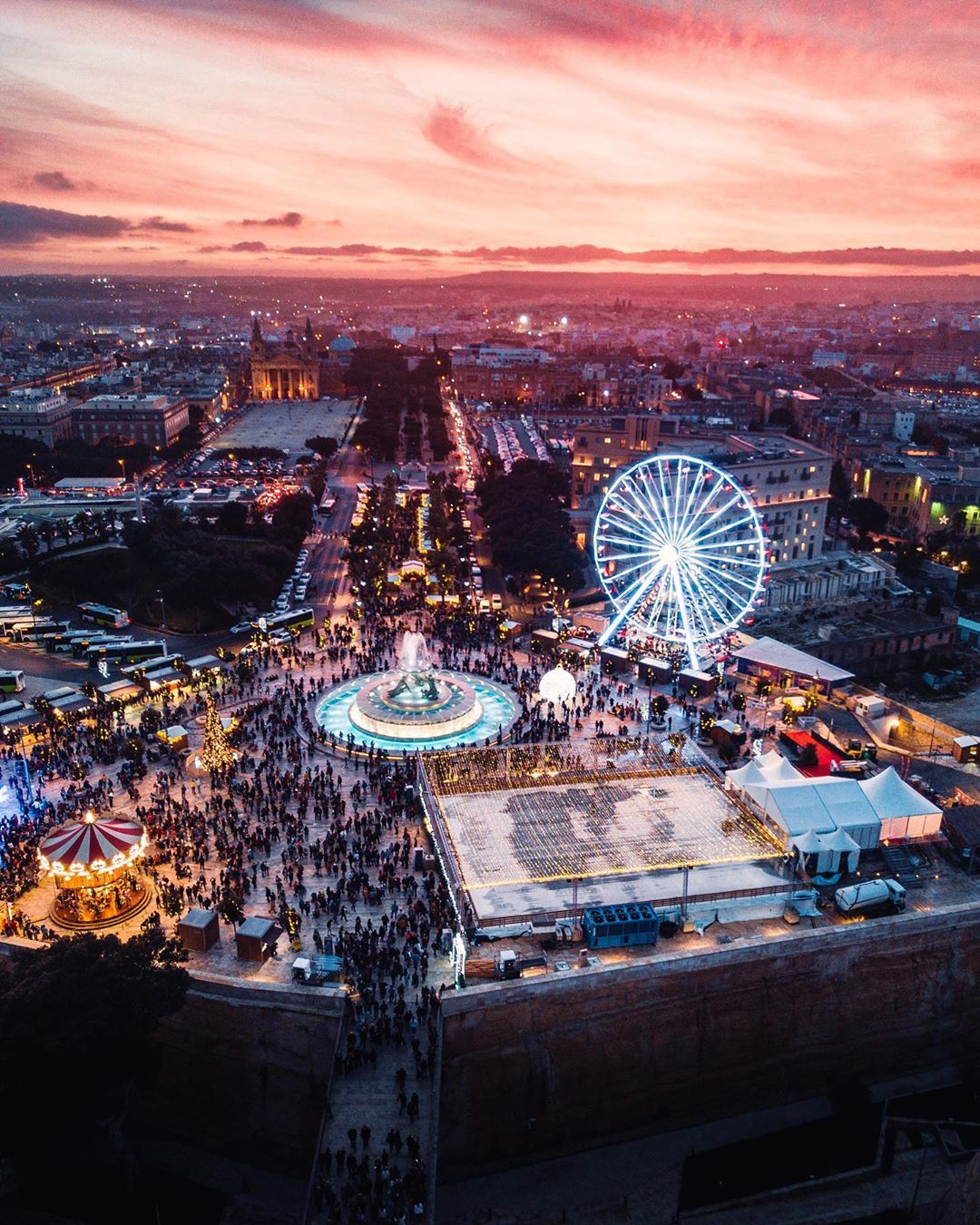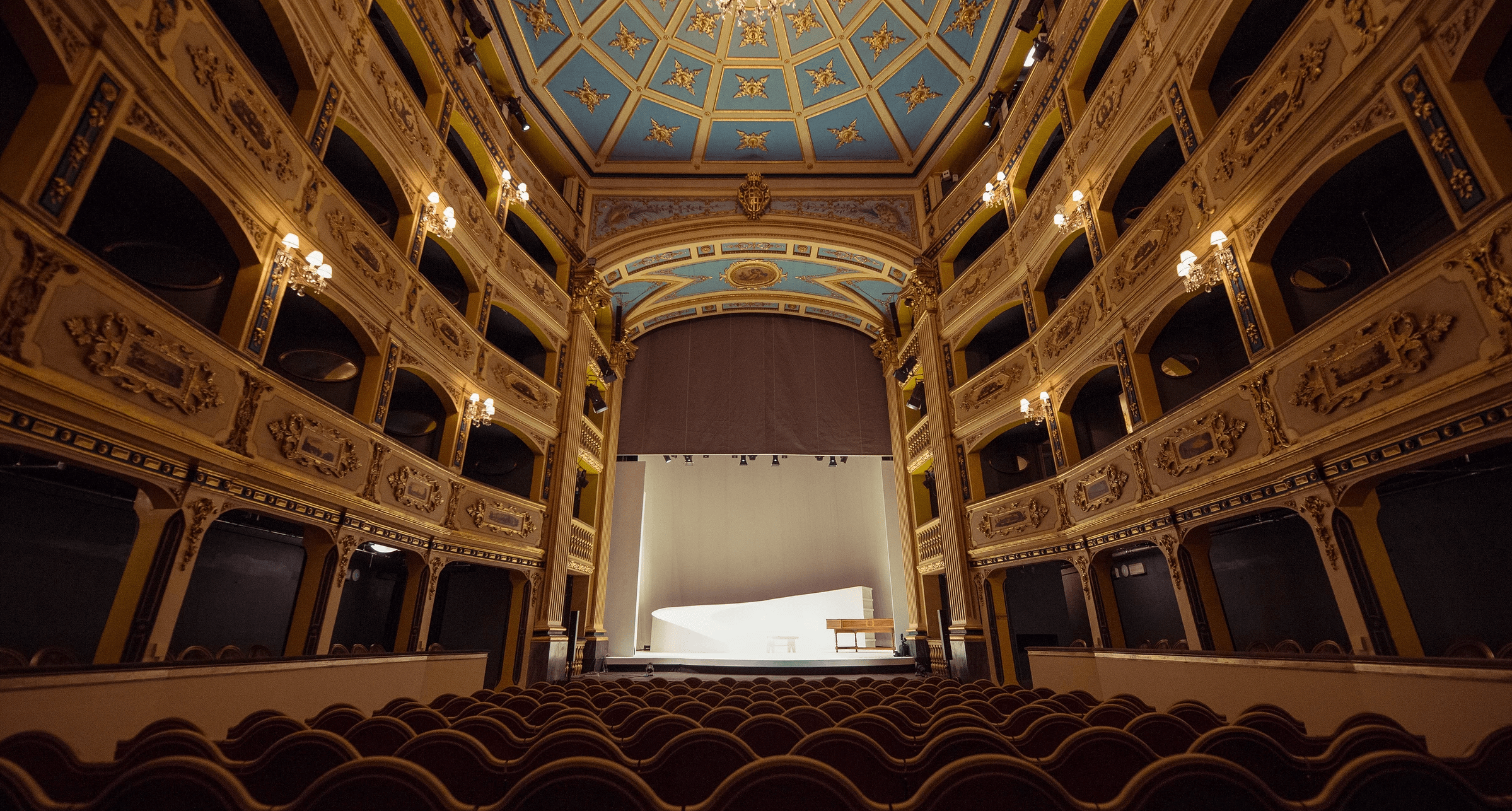A Bite Size version…
The history of Valletta, Malta’s capital is inextricably linked with the Knights of St John who laid its foundation stone in 1566, creating an elegant Baroque city from an arid, empty peninsula. This city was to serve not only as a fortress, protecting it from potential invasion, but also as an enclave for the Knights. here they would reside, administer, perform their duties as a religious, military and Hospitaller order and, also, enjoy recreational activities.
After the Great Siege of 1565, Pope Pius V sent the Knights his foremost military engineer, Francesco Laparelli, to design the city both as a fortress to defend Christendom and to create a cultural masterpiece. The bare peninsula of Mount Sceberras was transformed into a fine example of modern city planning and a military ingenuity.
At the turn of the 17th century, Valletta had grown into a sizeable city for the standards of those days, taking over from Mdina, the former capital, which had lost much of its allure after the Great Siege.
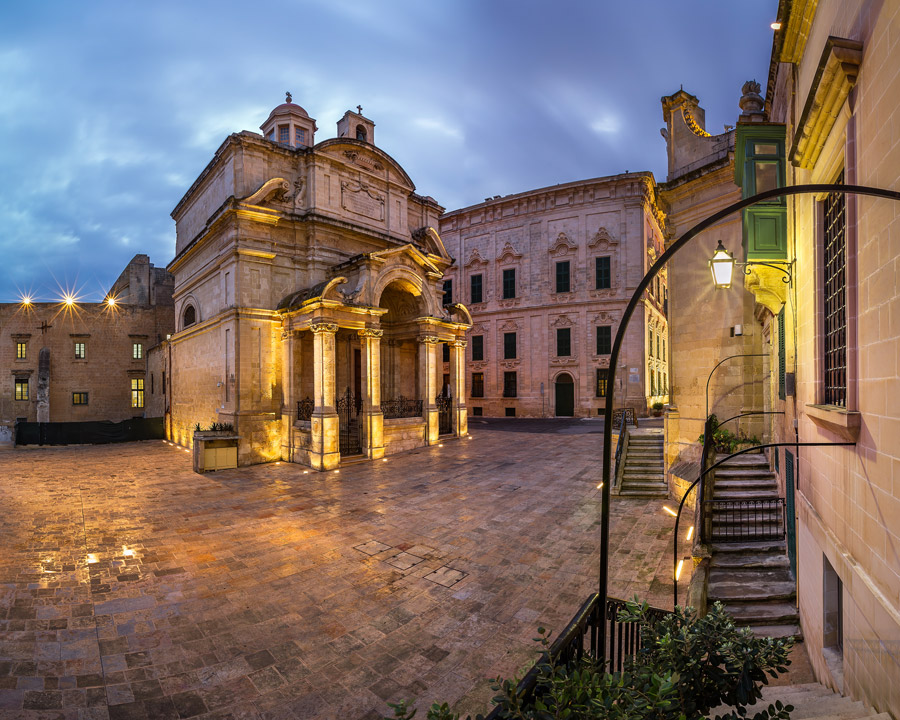
Napoleon brought Malta into French occupation in 1798 during the same period as the French Revolution. Bonaparte also had an impact on the history of Valletta, and on the history of Malta. They reformed Malta’s institutions: abolishing the Roman Catholic Church, nobility and slavery and vowed to bring equality among the citizens. After two years the Maltese wanted to take back ownership of their islands and reinstate the church, and they voluntarily joined the British Empire.
Soon after the British came to Malta, a cholera plague broke out in 1813, and after careful investigation, it was learnt that this was caused because drinking water was contaminated by sewage. The Valletta sewers therefore underwent a thorough overhaul and a full survey was carried out.
These came in useful when the Second World War broke out, and the underground infrastructure was used as war shelters, together with newly dug out tunnels and shelters that were needed to ensure civilian safety and to be used as strategic War Rooms. Some of these are now converted into museums, but more of that in a later post…
Malta, and Valletta, played a strategic role during WWII. Valletta was badly battered by the bombing of Nazi fighter planes and many historical buildings were damaged or destroyed. The most prominent example of this is the Royal Opera House, of which the ruins only remained. After decades of deliberation over whether to rebuild the Royal Opera House, the ruins were finally tidied up and are now converted into an open air theatre.
The rebuilding of damaged areas began as soon as the war ended, and the British implemented a rigid and rapid programme of works to ensure that housing was provided, and new buildings were erected in the style of the time.
British influence continued to shape Valletta’s history throughout the 19th and 20th centuries, until 1964, when Malta became independent once again.
Our Next Post… the architecture of Valletta!
Meanwhile, why not follow us on Instagram !


